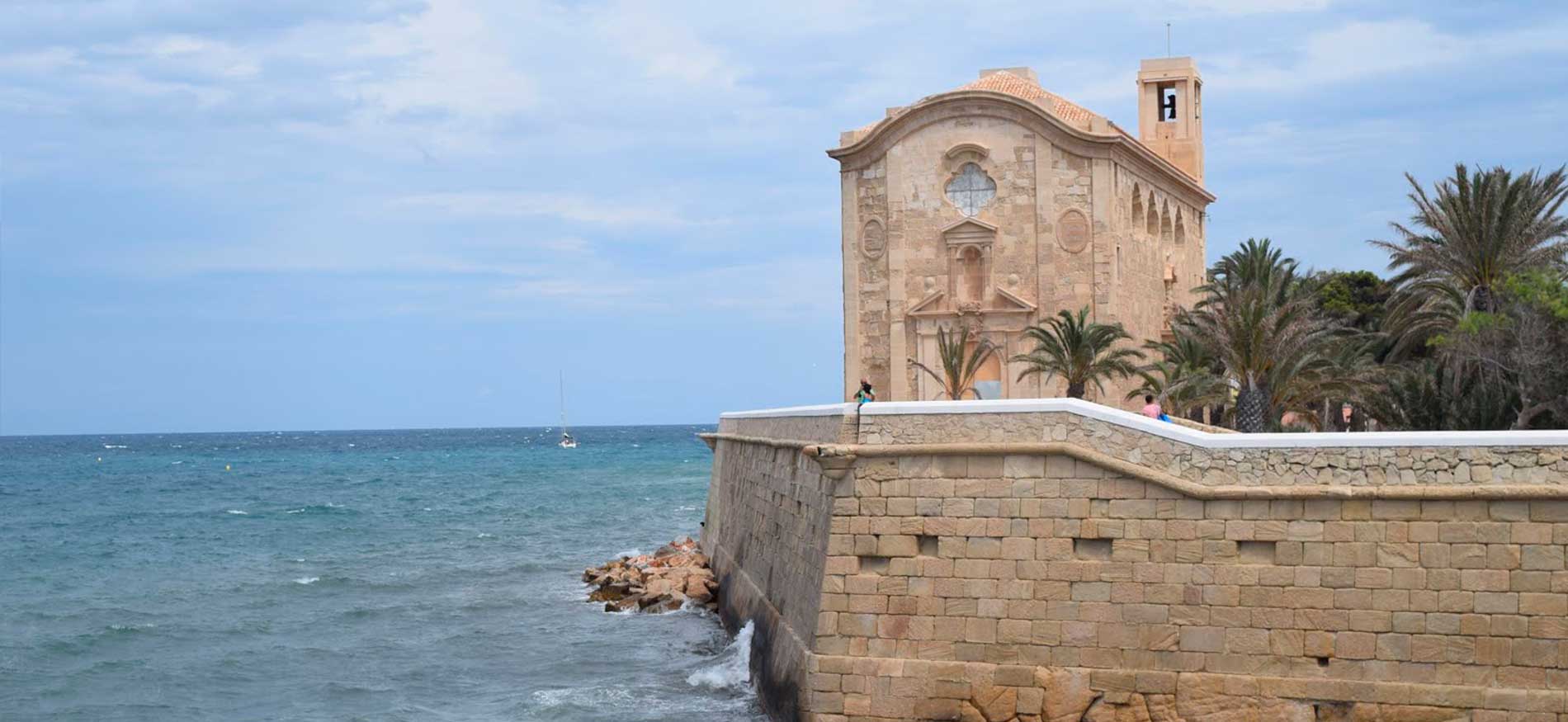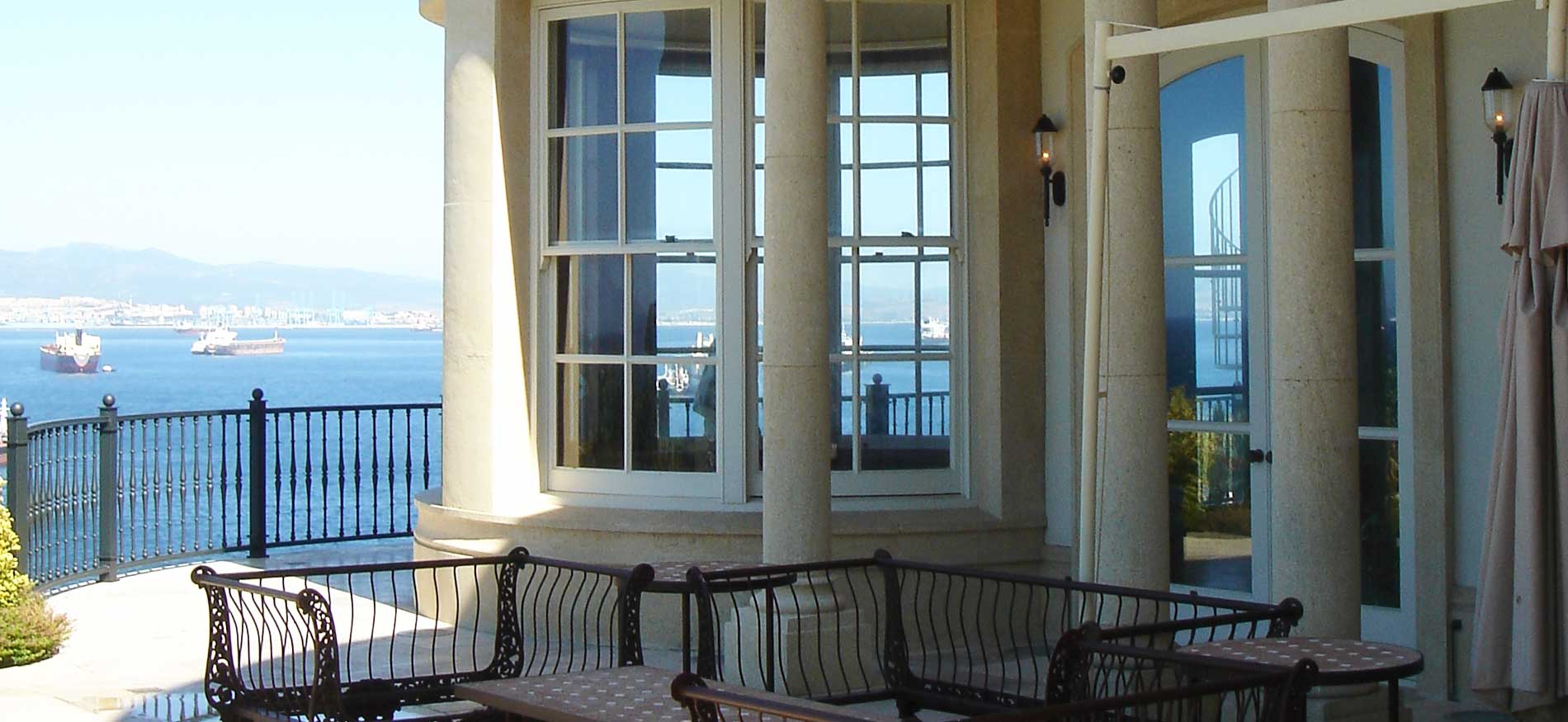With our new motto “Mediterranean at home”, we want to tell the story about how our natural stones witnessed the Iberian culture during centuries.
The 3 pillars of our essence are:
- Appellation of origin
- Historical wealth
- Cultural heritage as a current lifestyle
Appellation of origin
Our Albamiel natural stone is our muse; it is imbued with the history and culture of the Iberian Peninsula. The quarry is located near one of the main routes that were used, respectively, by several civilizations on their way from the Mediterranean to the northern Europe, or from there, to the African coast. The story tells that, along with the merchants and soldiers, the stone traveled depicted by its warm color, structure, texture and touch, which helped to spread the Mediterranean lifestyle.
In order to provide to our customers a variety of colors and textures, we have carefully selected several Spanish stones that share the essence and origin of the Mediterranean.
Historical wealth
Thanks to its hardness and ease to work them out, our limestones and sandstones have been used for thousands of years by the Mediterranean civilizations.
* During the Bronze Age (II century BC) fortifications were erected with our stones;
* During the Iron Age (centuries V and III BC) the Iberians built their temples and images for adoration made with stone. One of the best-known works is “La Dama Oferente” (also known as Lady of Cerro de los Santos), it was made with the limestone of Cerro de los Santos;
* During the Roman Empire (century I BC to III AD), the important route that came from Cartago Nova (Cartagena) in the south of Spain to Complutum (now Alcalá de Henares, in the community of Madrid) was close to our quarry of Albamiel. It improved the communications from the Mediterranean to the interior of the Iberian Peninsula and to Europe, and consequently, the commerce was also boosted. Our Albamiel stone continued to be used to build temples, but from that moment on, great palaces and important civil works typical of the Roman Empire, such as bridges and aqueducts, were built.
* The Visigoths (centuries VI–IX AD) made an important religious and palatial complex, which is very close to our quarry of Albamiel, it is called “Tolmo de Minateda”, a basilica with three naves separated by columns and a building of large dimensions, with a monumental structure serving as representative function, as well as for administration and residence;
* During the Muslim occupation (from the VIII to the XIII century), the Arabs continued using the Spanish sandstone, the most notable examples are the “Mosque of Cordoba” or the “Alhambra” of Granada
* During the Kingdom of Murcia, in the years after the Christian Reconquista (centuries XIII-XVIII), our stone was used to build churches and cathedrals, that continue beautifying Spanish cities.
World cultural heritage
Thru the history, many travelers brought their traditions and architectural style to the Iberian Peninsula, many of them fell in love with the Mediterranean and with the Southern way of life, exporting it to its origin.
By means of our work with the Spanish natural stone for exteriors, we want to keep this Mediterranean culture alive in the architecture and in the interior design. Hence, most of our projects point to this style, which can be rustic, classic or modern, but always tends to show a relaxed lifestyle outdoors. An ideal balance between the interior and the exterior, thru different architectural languages, in which people can enjoy the light, the sun, the nature, the sea views and their colors.
For us, is very important to respect the stone itself, showing responsibility and humility towards the history and the culture, because we are only the carriers of it message.
Natural Stone in Spain









Leave a comment